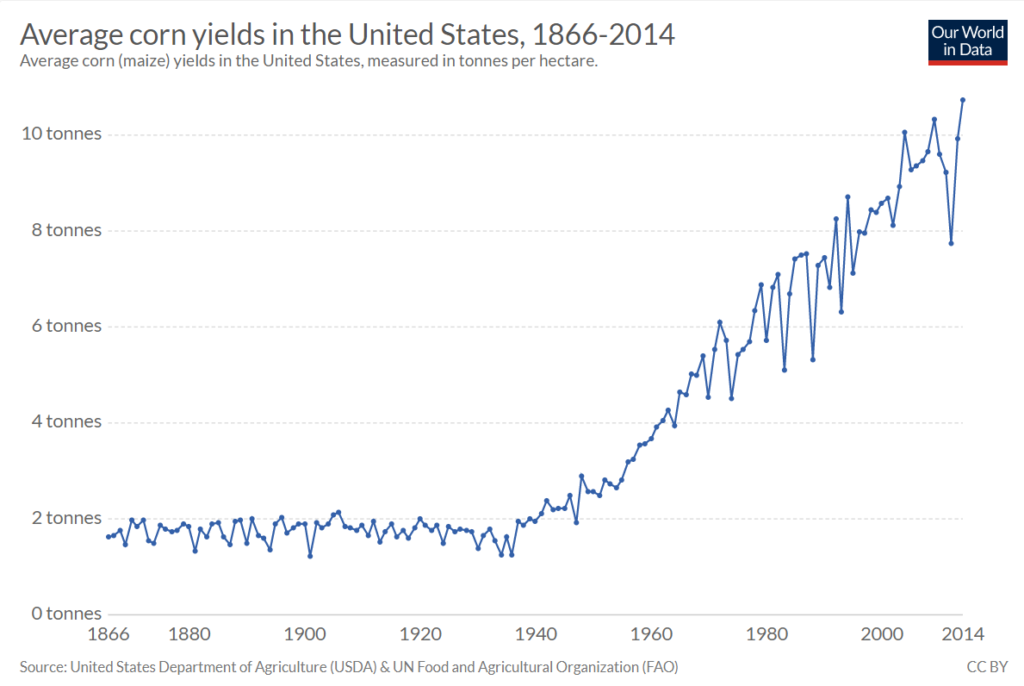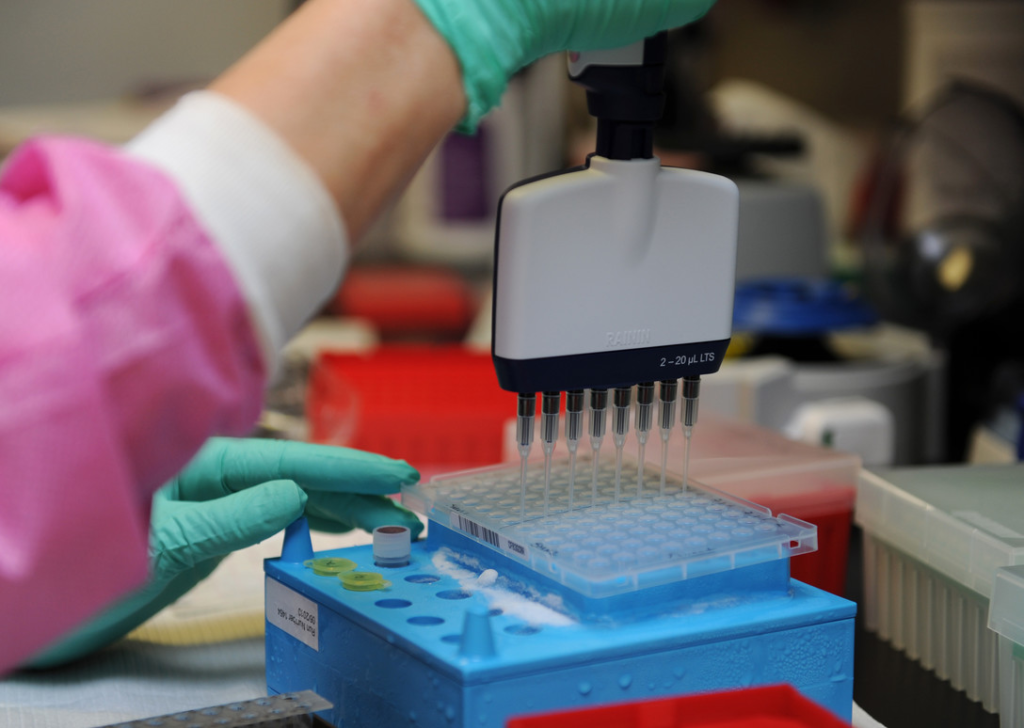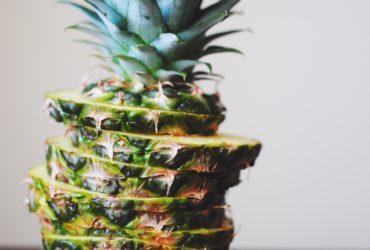By: Amanda Sia
“Do you ever realize how long it takes to cook tapioca balls?” I asked.
For a millennial who loves instant gratification and hates waiting, the 15 minutes it takes to cook these black pearls just so I can make some homemade bubble tea feels like f-o-r-e-v-e-r. My First World Problem soon became a topic of discussion between me and my food science friends.
How do you make tapioca balls (or boba balls) cook faster?
Many ideas were offered, ranging from cooking tapioca balls under high pressure in an Instant Pot, to using a chemical and enzymatic modification of tapioca starch, to mixing tapioca starch with some other starches for better functionality. We eventually decided we needed to alter the amylose:amylopectin ratio and starch granule size of the tapioca starch so it could gelatinize faster.
“Well, how about genetically breeding cassava (tapioca starch is extracted from the cassava plant) to naturally have higher amylopectin content and smaller starch granule size?”
The comment was made, not by a food scientist, but by a plant geneticist in the group.
This made all of us pause a little.

Cassava’s starch is used to make tapioca flour (Wikimedia)
As budding food scientists, when confronted with a technical food problem, our thoughts immediately jump to how we can alter ingredient functionality or change processing parameters to fix it. Our instinctual response rarely leads us to the origin of our food – at the farm level. We know that agriculture is an integral part of our food supply, but rarely do our minds think of agronomy when a technical product development problem arises.
How can crop breeding be leveraged to address challenges in downstream product development? What opportunities are available with the way we breed our crops? With technical advancements in genetic breeding over the past few years, what other spaces in product development can we explore?

A Little Background on Crop Breeding (and Some Money Talk)
It is hard to imagine a company that would pour millions of dollars into fixing a relatively “minor problem,” such as breeding better cassava to reduce the length of time it takes to cook tapioca balls. Moreover, breeding crops to have more desirable traits is something that, say, a cash-strapped food start-up with no capital and agro expertise seems hard-pressed to do.
On average, it takes $136 million to develop and authorize a new plant biotechnology trait, and about 13 years from the discovery of the trait to its first commercial sale. From an economic standpoint, huge investments like these only make sense when the economic payoff is big enough (such as through increased yield), or when financial losses are equally huge if we don’t invest in genetic breeding – pests, diseases, and weather damages, for example. To put this into perspective, pests such as corn rootworm cause more than $1 billion damage a year in yield losses. That hefty $136 million investment doesn’t seem so hefty now, does it?
To illustrate the significance of plant breeding, before the 1930s, the average yield of maize was around 30 bushels per acre. Today, average yields exceed 150 bushels per acre. That five-fold increase does not just come from mechanization or use of fertilizers. The majority of that increase comes from better plant breeding.

Corn Yield in the United States over the past 150 years
Traditionally, plant breeding efforts have been directed towards helping agricultural crops perform against stresses and threats that have a significant economic impact. The modified trait has to be valuable enough to generate enough revenue to offset the huge costs tied to crop development and federal authorization.
With recent advancements in agricultural biotechnology (or ag biotech), however, the playing field has been leveled, enabling small companies with less capital to join in on the innovation. Now that the bar has been lowered and the players multiplied, is it time to think about seemingly “less urgent” pursuits that can still make a meaningful impact? How about breeding crops for improved nutritional traits or other value-added traits, like tomatoes that have a longer shelf-life but also taste flavorful again? How can we sustainably leverage these new technologies?

Image by Arek Socha from Pixabay
Okay, what are these recent advancements in technology? And how are they already being used?
Two big ones are gene-editing and next-generation sequencing (NGS).
Gene-Editing
Gene-editing techniques such as CRISPR or TALEN have been on fire. In essence, gene-editing tools allow us to cut out bits of DNA from a plant’s genome in order to alter its traits. The results? Products like white button mushrooms that don’t bruise or brown when cut, or high oleic soybean oil that has a fatty acid profile healthier for the consumer and offer more frying stability.
How exactly do these tools work? Take the white button mushroom example. It is possible that over many thousands of years, the gene related to mushroom browning when bruised could mutate over time and produce mushrooms that no longer browned when bruised. Unfortunately, you and I probably won’t live to a thousand years to see that magic happen. Gene-editing is accelerating that process by allowing us to choose a trait, target the gene responsible, and alter it. It mimics the evolution process but is much faster than waiting for mutations, or crossing generations of plants with desirable traits till you get what you want.

Mushroom by PeakPx
Since gene-editing techniques don’t introduce another organism’s genetic material into the target plant, USDA does not classify gene-edited crops as GMOs (although EFSA in the European Union does). The open regulatory environment in the US is a prime playground for companies to innovate. Moreover, the R&D and regulatory review for gene-edited crops is cheaper and takes around 5 years, about half the amount of time it takes for GMOs.
“USDA does not regulate or have any plans to regulate plants that could otherwise have been developed through traditional breeding techniques.” – USDA
Next-Generation Sequencing (NGS)
Compared to older DNA sequencing methods, Next-Generation Sequencing (NGS) is faster, more accurate, cheaper and requires fewer human hours (anyone who has lived the “lab-rat life” and gotten carpal tunnel syndrome from pipetting, you may proceed to jump for joy).

Who needs arm day when you can just work in a biotech lab? (Source)
As of 2017, over 230+ flowering plants have been completely sequenced, including many crops of agricultural importance like grain crops (maize, rice, soybean, wheat) and fruits and vegetables (apple, watermelon, potato, etc.). That’s impressive. However, we still have much work to do in terms of understanding the variety within a species of plant. Take maize (Zea mays) for example – did you know popcorn and sweetcorn are actually two different varieties of the same species? The same way that Honeycrisp apples and Red Gala apples are two different varieties? In fact, there used to be over 7,000 varieties of apples, although only about 100 varieties are grown commercially in the US.
High throughput DNA sequencing will allow us to genetically characterize the immense pool of natural genetic variation of plants that already exist on earth. If we can connect the genotype (genetic constitution of a plant) of different varieties to their phenotype (observable characteristics of the plant), we can understand which genetic markers are responsible for agronomically important traits. Subsequently, these traits could be incorporated into a different variety.

The immense natural variation of different maize varieties can result in maize with different color, starch content, moisture content kernel hardness, etc. (Source)
We can potentially understand what genetic markers make one variety of lettuce wilt slower than other varieties, what makes one variety of barley produce higher fiber content than others, what makes some tomato varieties bear more fruit than others, etc. We can incorporate genes from a good tasting tomato, with genes from a long shelf-life tomato, to create the best of both worlds.
In short, NGS can deepen our knowledge of how the genetic components in food crops are responsible for producing certain agronomic traits, which when combined with editing methods like CRISPR can build a more systematic way of crop breeding.
How can we utilize these biotech tools in agro to develop better ingredients and food products (like boba balls)? How can consumers and food product developers benefit from these technologies?
Stay tuned for Part 2 and keep up to date with our Instagram and Facebook !
 Amanda Sia | Linkedin
Amanda Sia | Linkedin
Amanda graduated with her M.S. in Food Science at The Ohio State University. Her research focuses on using vibrational spectroscopy data to build predictive models for use in quality assurance settings. Amanda received her B.S. in Food Science from University of Minnesota (a shocking change of environment since she is originally from Malaysia, a very tropical country). When she is not scanning peanuts in the lab, Amanda likes to play squash, sing in the shower (sorry housemates), watch sappy Korean dramas, and play the guitar.






Leave a Reply